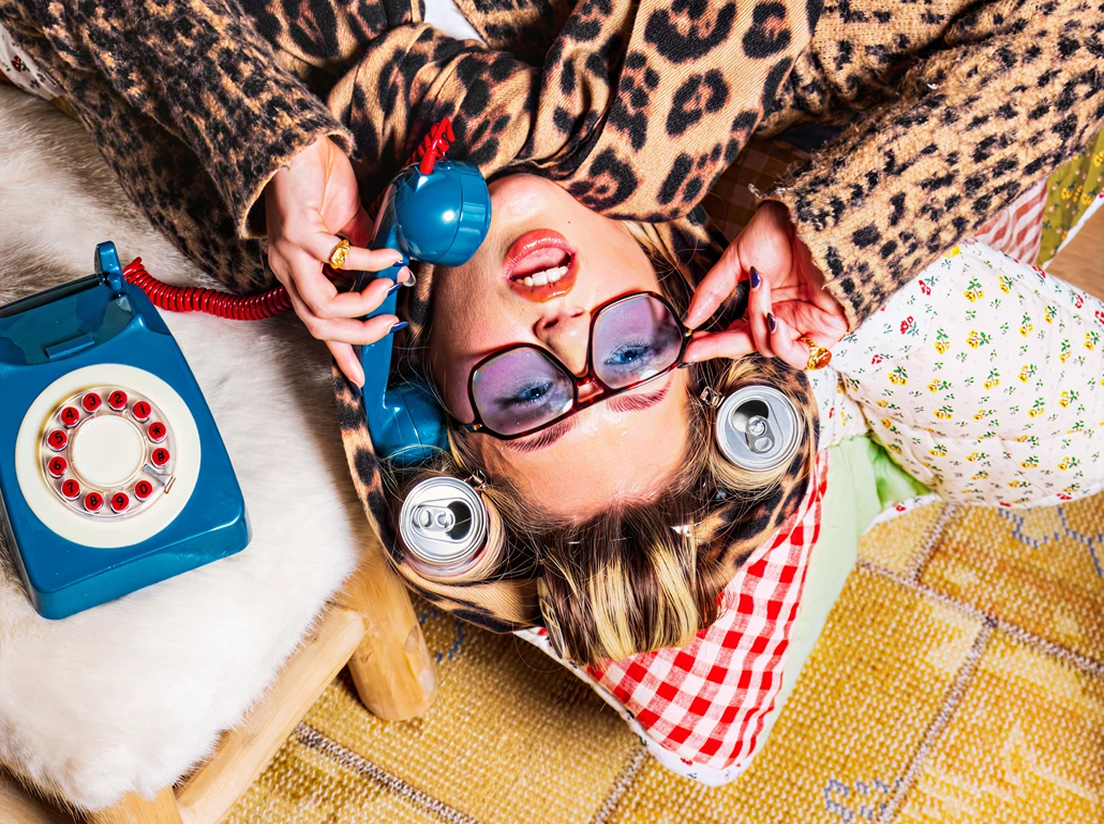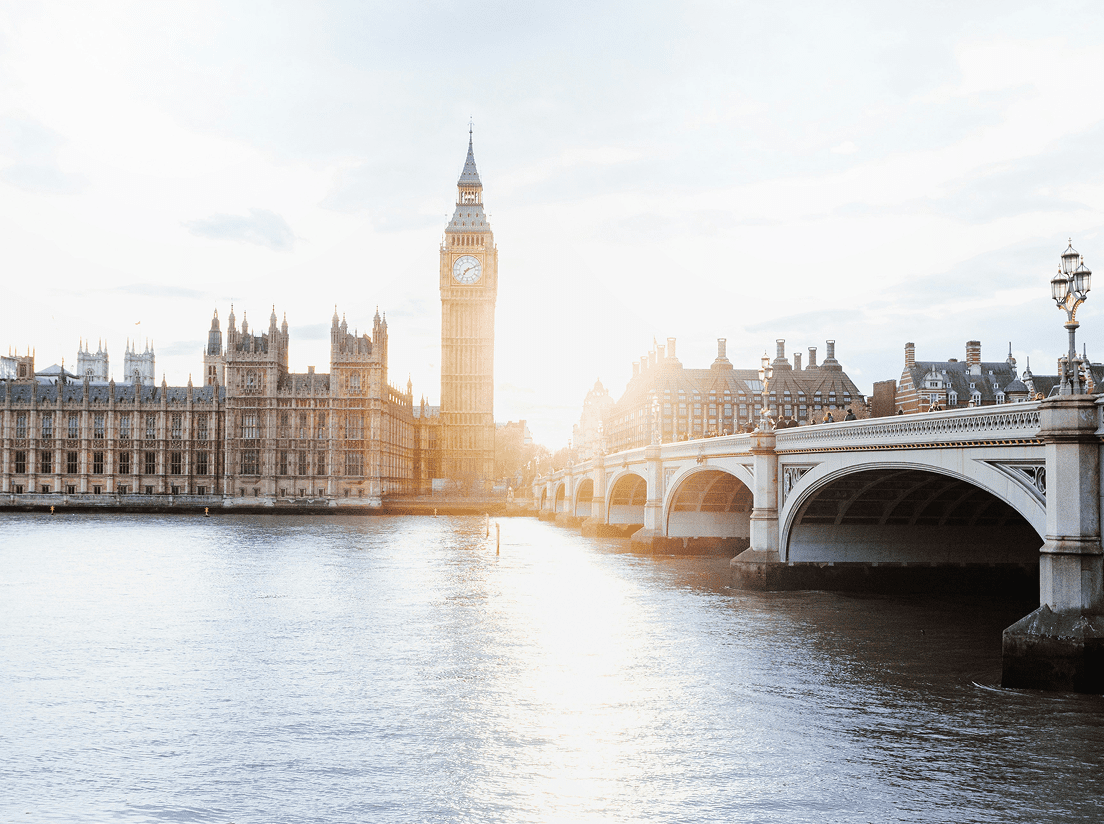
Key Takeaways:
- Be aware of and follow CDC cleanliness guidelines.
- Rethink housekeeping procedures like Four Seasons New York did with their revised process that allows housekeepers to avoid entering occupied rooms.
- Technology such as mobile apps and keyless entry could help hotels maintain social distancing.Create a list of cleaning procedures and share it everywhere.
COVID-19 has changed the way people think about the world around them, and with it, how hotels and resorts must operate in order to care for and reassure travelers.While the cleanliness of a hotel has always been a deciding factor on where to stay, now more than ever, consumers will have an eagle eye on the measures your hotel is taking to ensure their safety and well-being.Below are some trends in how hotels are changing operations and ways to convey new cleaning procedures to your guests.
Focus Areas for Cleanliness
First and foremost, the cleanliness of your hotel starts with the employees. At all times, employees should follow CDC guidelines for personal hygiene and self-isolating if sick.
High Touch Areas
Walk through your hotel as if you were a guest. What areas are most at risk? This includes doorknobs, elevator buttons, lobby seating, public phones, etc. Make a plan of how often these surfaces will be sanitized and provide sanitizing dispensers around the lobby for guests to clean their hands.
Rooms
Though you likely prided yourself on your housekeeping before COVID-19, even the most spotless operations will need to step it up to reassure travelers. Take inspiration from Four Seasons New York’s new procedures for during and after a guest’s stay:
“Upon arrival at the Four Seasons, guests are given three bags: one for soiled towels, one for soiled bedding and one for trash. When towels and bedding need to be cleaned and when garbage needs to be removed, guests are asked to place bags near the entrances to their rooms and to contact housekeeping, which picks up the bags without ever fully entering the rooms.”“The room is left vacant for a full 24 hours after a guest checks out,” [Dr. Robert] Quigley [senior vice president and medical director of International SOS] said. “Then a cleaning crew comes in with hazmat suits and does a deep cleaning, after which the room is left empty for 24 more hours. Then housekeeping enters to prepare the room for the next guests while wearing appropriate PPE, or personal protective equipment.”
Bye Bye Waffle Station & Breakfast Buffet
First started as a way for travelers to feel at home on the road and mingle with other guests, the breakfast buffet poses many cleanliness challenges. Consider not only the social closeness involved for guests to prepare their own waffles, but also the number of shared surfaces people must touch throughout their meal. Hotels are opting instead for grab and go boxes that limit the need to interact with multiple people.
Spa
While some spa services inevitably rely on closer interaction (think facials and massages), there are some steps to take that will help provide a clean environment and put a guest’s mind at ease.
- Consider adding an air purifier in the treatment rooms and running it between guests.
- As of 4/23/20, there is no evidence COVID-19 spreads through water or hot tubs. Before adding this to any messaging on cleaning procedures and COVID precautions, check for any updates from the CDC.
Fitness Center
To help limit the number of people in the gym at one time, some hotels are implementing time slots that guests must pre-register for. By setting a schedule, this also gives a cadence for the cleaning crew to come in after each session to sanitize the equipment.
Technology
Mobile apps, keyless entry, and robot room service are just a few ways to utilize technology to lessen the points of human contact. There are also germ-killing robots that use high-intensity ultraviolet light to disinfect. For fellow Doctor Who fans, they look something like modern Daleks that “exterminate” the germs.

Photo: Steve Gonzales, Houston Chronicle / Staff photographer
Communicate New Procedures to Travelers
Once new standard cleaning procedures have been outlined, shout them from the rooftops. Be sure to share them anywhere and everywhere as the number one thing most travelers will need before booking a stay at your hotel is reassurance.
Website
Add messaging about cleaning procedures not only on your home page, but also right next to room descriptions on the accommodations page. Highlight the most important details and then link to the full list of procedures so guests can read more. Similarly, call out any relevant information on dining, spa, and other amenity pages.
Booking Engine
Reassuring messages throughout the booking process will make a big difference in cart abandonment. Similar to how an SSL Certificate or “secure checkout” verbiage gives a sense of security that makes consumers feel confident to book, reiterating the hotel is taking the necessary steps to keep guests safe and healthy during their stays will instill confidence in their booking decision.Add a short note about cleaning procedures next to the room description and link to the full details. Update rate details and/or flexible cancellation policies.Be mindful of description length. The most important content should be clearly visible and not hidden by “See More” links that require a click to expand the content.
Social
Don’t make potential guests dig for your new cleanliness policies and procedures. Since this is the information standing between most travelers and booking a stay, you’ll want to be sure it appears in all the places your guests will interact with you up until their stay.
- Facebook: Pin the post at the top of your page so it is the first piece of content people see when they view your profile.
- Instagram: There are several places on Instagram where cleaning procedures can be shared.
- First, add a link to the full list of procedures in your bio.
- Then share a post to your feed and reference “See link in bio” for more information. While other posts may push the post further down your grid, as people scroll through your profile they will see it there.
- Consider also adding it as a Story Highlight. NYC’s Hotel 50 Bowery did each of these steps to ensure the message was front and center no matter how people interact with their profile.
- Pinterest: If active on this platform, Pinterest is another prime place to share any cleaning or cancelation policy updates. In their 2020 survey, Pinterest saw a 38% increase in “staycation” searches on the platform. Tap into that demand by creating a graphic that highlights “Our Guarantee for a Clean Stay.” While everyone else is prompting a list of things to do in the area, messaging that speaks to this new travel need will help get people’s attention.Keep in mind if you delete a pin on your board, it is not removed from other people’s boards if they saved it. Use general messaging such as “Cleaning Precautions During COVID-19” or “Hotel Cancellation Policies to Know” that won’t tie you down with specific details that may change.
Closing Thoughts
Sharing information is a powerful tool. It informs and empowers people to make a decision. While you should be careful with oversharing, providing useful information to guests can make all the difference. That being said, keeping all these new protocols and procedures straight is no easy feat.Consider investing in tools like Prospr, a software that facilitates employee scheduling, tracking, and communication. You can keep your team on the same page without hosting crowded stand-ups. Keeping your team up-to-date will help them provide exceptional customer service in this trying time. That’s exactly what will keep guests coming back to your hotel or resort.
Did you enjoy the read?
Get original hospitality industry insights delivered to your inbox. Sign up to receive Screen Pilot’s Weekly COVID-19 Resource Center Update.





